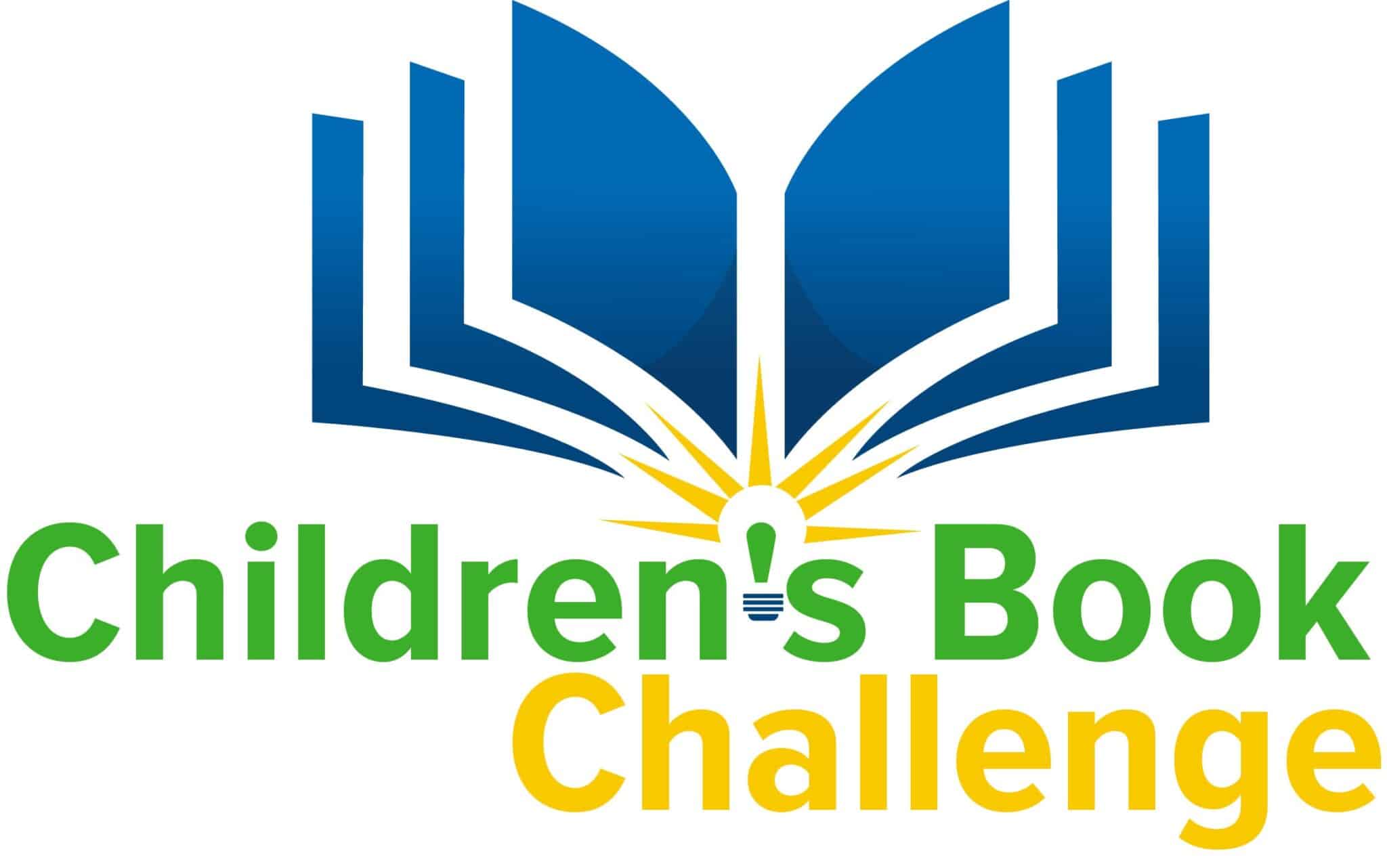Registration through November 14, 2025
Teachers register students/teams to participate in the competition.
Use this website as a resource for information about electricity and energy. The Learn About Energy section is a great place to start.
Explore and research the history of the electric cooperative movement by contacting your local electric cooperative office. (Your local cooperative contact information will be provided to you by email shortly after registration.)
Questions to ask and incorporate into your book:
- What is an electric cooperative?
- When was your electric co-op established, and what makes it unique?
- What programs and services does your co-op currently offer?
- What changes do they see coming in the future for your co-op and electricity providers in general?
- How does the cooperative connect various groups in the community?
Learn about energy, electricity and how you local electric co-op serves your community.
- Consult your librarian or media specialist for additional resources, information, and research. As a beginning point, explore these suggested websites:
December and January
Using the information you gathered from your local co-op, brainstorm possible storylines that you might use to create your story based on this year’s theme.
Pre-write and draft your story.
Write, edit, and revise your story.
Illustrate your story. Consider using photographs from your local co-op and original artwork.
Include an “Author’s Summary” or small introduction and a photograph of the author(s) on the inside back cover. Do the same for the illustrator if a different person. Include sources you used to do research for writing your book. List websites and print materials used. Also, list your electric co-op contact’s name and when/how you communicated with them.
An example of a complete Author’s Summary
My name is Jane Smith. I am a fifth grader at Super Fantastic Elementary School in Small Town, SC. I researched my topic on the Children’s Book Challenge website by reading the Learn About Energy section and visiting my local electric cooperative’s website. I also visited eia.gov/kids to learn all about energy. My co-op contact was Shirley Power at Local Electric Cooperative, which is near my school. To learn more about the co-op and energy, I spoke with her on the phone on October 5 and again on October 20. She was very helpful.
The maximum number of pages is 24, which includes the cover, the Author’s Summary, and the glossary.
Capture moments in the classroom through pictures and videos (with appropriate parental media permissions).
All electronic and printed books are to be submitted to the designated local electric cooperative by January 30, 2026.
Judging Rubric
Entries will be judged on originality of story and the creative connection of content to
energy, cooperatives, and how co-ops connect communities. Books may be fiction or non-fiction.
Originality of the story
Creative connection of content to energy, cooperatives, and how electricity changes lives
“Author’s Summary”(introduction) shows evidence of contact with the local electric co-op
Quality of the book cover
Quality of illustrations
